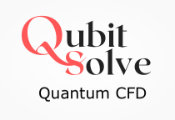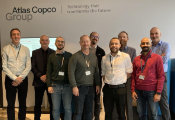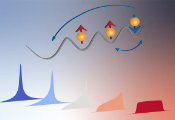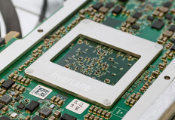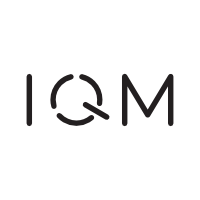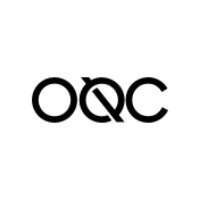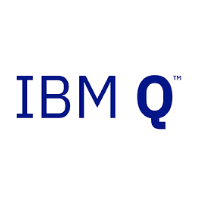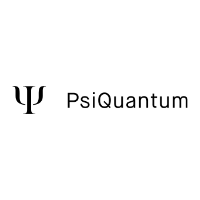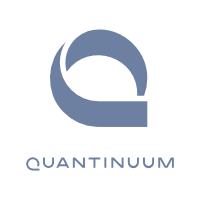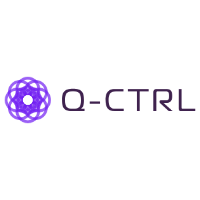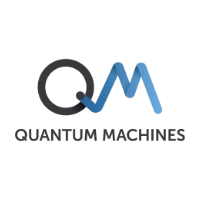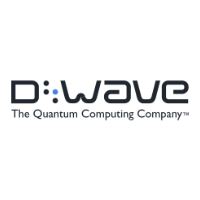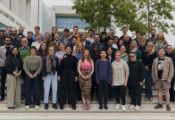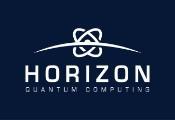IonQ Speeds Quantum-Accelerated Drug Development Application With AstraZeneca, AWS, and NVIDIA
COLLEGE PARK, MD, June 09 2025 -- IonQ, a leading commercial quantum computing and networking company, announced results of a collaborative research program between IonQ, AstraZeneca, Amazon Web Services (AWS), and NVIDIA to develop and demonstrate a quantum-accelerated computational chemistry workflow which has the potential to power world-changing innovation in healthcare, life sciences, chemistry, and more.
The results of the collaboration will be showcased at the ISC High Performance conference, which takes place on June 10-13, 2025 in Hamburg, Germany.
The IonQ-designed workflow provides an end-to-end example of a hybrid quantum-classical workflow that helps provide solutions to complex pharmaceutical development challenges, and has the potential to improve speed and efficiency within the drug development process. Developing new drugs can take ten or more years and cost billions of dollars, so advancements that streamline early-stage research and reduce computational bottlenecks can unlock significant strategic and commercial value.
This demonstration focused on a critical step in a Suzuki-Miyaura reaction – a class of chemical transformations used for the synthesis of small molecule drugs. By integrating IonQ’s Forte quantum processing unit (QPU) with the NVIDIA CUDA-Q platform through Amazon Braket and AWS ParallelCluster services, the team achieved more than 20 times improvement in end-to-end time-to-solution compared to previous implementations. The technique maintained accuracy while reducing the overall expected runtime from months to days.
“This demonstration with AstraZeneca represents a meaningful step toward practical quantum computing applications in chemistry and materials science and showcases how IonQ’s enterprise-grade quantum computers are uniquely suited to meet the challenge,” said Niccolo de Masi, CEO of IonQ. “The ability to model catalytic reactions with speed and accuracy isn’t just a scientific achievement, it’s a preview of how hybrid computing with quantum acceleration will provide revolutionary capabilities to the industry.”
“This collaboration marks an important step towards accurately modeling activation barriers for catalyzed reactions relevant to route optimizing in drug development. We look forward to further advancements in the area,” said Anders Broo, Executive Director, Pharmaceutical Science, R&D, AstraZeneca.
“Future quantum computers are not going to replace traditional compute, but instead accelerate specific, computationally intensive processing steps as part of HPC processing pipelines,” said Eric Kessler, GM of Amazon Braket at AWS. “By combining quantum computers on Amazon Braket with scalable GPU resources on AWS, we're supporting AstraZeneca to envision how future quantum computers will be used to accelerate research in computational chemistry.”
“Bringing together state-of-the-art quantum and GPU computing in hybrid workflows is the path to realizing quantum’s potential,” said Tim Costa, Senior Director of Quantum and CUDA-X at NVIDIA. “This work represents a meaningful step towards applying quantum accelerated supercomputing to important use cases’”
IonQ and its partners demonstrated a large-scale, end-to-end simulation of a Suzuki-Miyaura reaction, which is the most complex chemical simulation run on IonQ hardware to date. The hybrid quantum-classical workflow – orchestrated via CUDA-Q on Amazon Braket, accelerated with NVIDIA H200 GPUs through AWS ParallelCluster – delivered more than a 20x speedup in time-to-solution compared to prior benchmarks. This advancement highlights the scalability of IonQ’s quantum systems and their practical potential in pharmaceutical R&D.
These results show how hybrid quantum computing can overcome computational limits in high-accuracy molecular modeling and enables the analysis of more complex chemical systems. It builds on recent IonQ demonstrations of practical applications where hybrid quantum-classical approaches outperformed purely classical methods.

